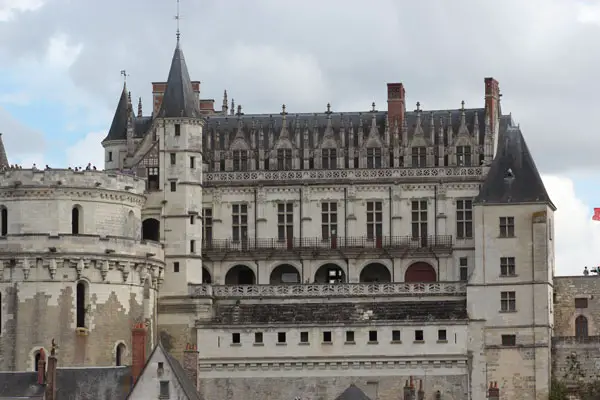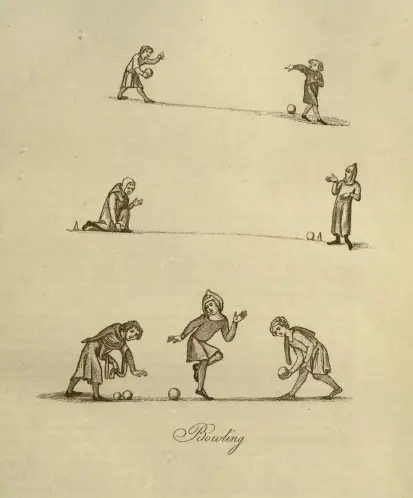The Château du Clos Lucé is situated just 400m from the Château d'Amboise. It was built on Gallo-Roman remains in 1471 after the land was given as the Manoir du Cloux by King Louis XI to Etienne le Loup, a former kitchen boy who had become a favourite of the king. It was known as the Manoir de Cloix until 1660 when its name changed to Clos Lucé. Le Loup built a house on the land, building it out of pink bricks and tufa stones. Back then, it was surrounded by fortifications but only one of these fortifications, the watchtower, still stands today along with a pigeon loft that Le Loup had built.
In 1490, the manor was bought by King Charles VIII and it became a summer residence, along with Château d'Amboise, of the French kings and their court. Francis I used the grounds for tournaments and his sister, Marguerite of Navarre is said to have written her collection of short stories, the Heptameron, there. In 1516, Francis I invited Leonard da Vinci to his court and provided him with Clos Lucé as his residence. Da Vinci resided there until his death in May 1519.
Clos Lucé has been used as a residence for royal favourites and mistresses, as well as Michel du Gast, Captain of the Guard of Henry III, who took part in the assassination of Cardinal de Guise.
The château has been owned by the Saint Bris family since 1855 and is now a listed monument. Restoration work began in the 1960s and the manor house now serves as a Leonardo da Vinci museum. Find out more about visiting at http://www.vinci-closluce.com/en/.
Claire will explain more about what is seen in each of the rooms when we return from our visit.



Great in-depth look at these chateaus, thank you! And how exciting I’m sure it is to be there during Francis I’s anniversary celebrations!
I’m amazed at the beautiful architecture and the engineering knowledge that went into building these long-lasting chateaus. Thanks for the photos and video!